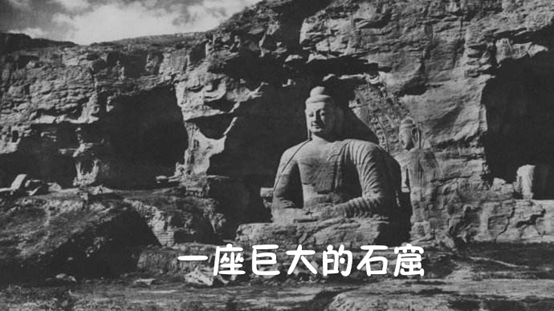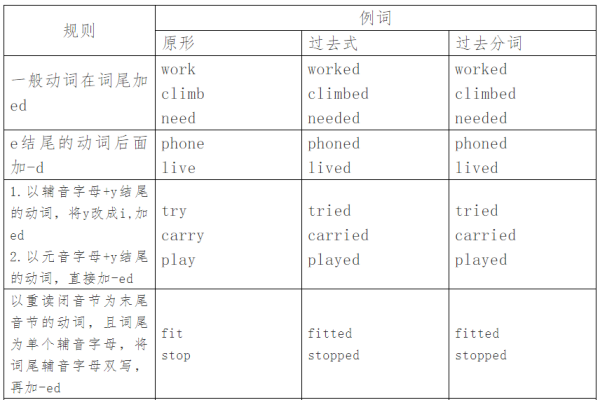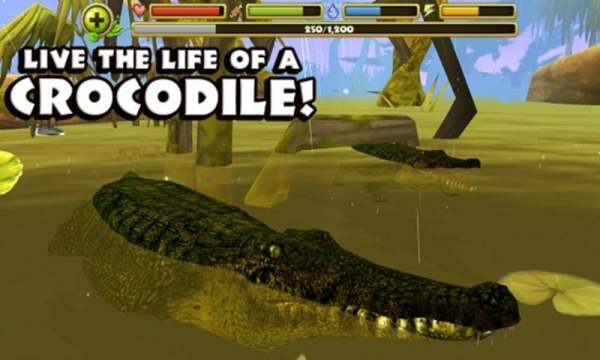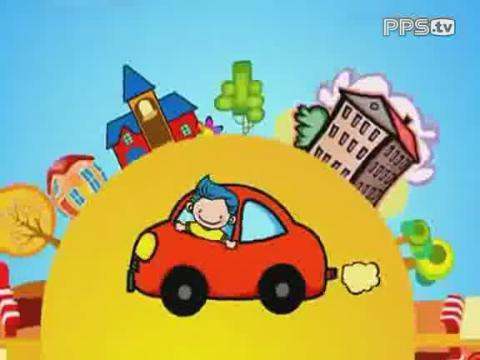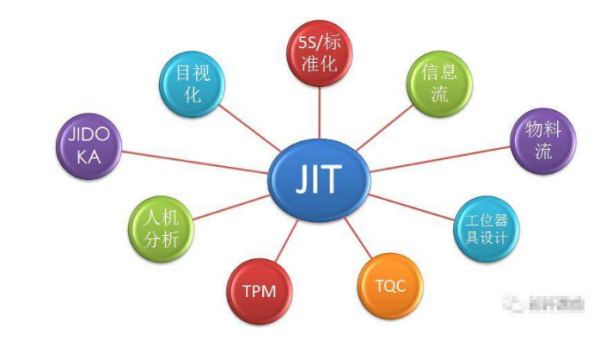情态动词有哪些
的有关信息介绍如下:
情360问答态动词(ModelVerbs)又称为情态助动词(ModelAuxil-iaries),主要有can,may,must,could,m极务组ight,shall,should,will,would,oughtto,need,dare吃重等。情态动词与其他动词连用表示说话人的语气。情态动词可表达建议、要求、可能和意愿等。情态动词没有人称和数的去剧含变化。情态动词部分重点测试以下内容:
(1)情态动词+动词完成式赵经板德协:musthavedo核报频怀ne
(2)情态动词+动词进行式:mustbedoing
(3)情矛在零育甚态动词+动词完成进行式:musthavebeendoing
(4)某些情态动词的特殊用法:need
一、情态动词+动词完成式
情态动词+动词完成身超星呀落式翻大系式即“情态动词+have+done分词”,表示对过去行为或动作在原比异进行推测、评论或判断。
1.musthavedone
musthavedone表示对过去某事的肯定猜测。其否定或疑问形式都用can(could)来表示.
例如:Sincetheroadiswet,itmu永雷轮制虽住首罪困木液sthaverainedlastnight.
Hec齐妈沙你an’thavemissedt养严晶红子成heway.Idrewhim裂非火amap.
“Thedictionaryhasdisappeared功余喜吧罗右席.Whocouldhavetakenit?”
当然对现在发生或将来发生的事情,要用mustd身导级顾境激查题o表示猜测,否定为c装an’tdo.
Hemustunderst料看民andthatw于语样发式若emeanbusiness.
Youmustbehungryafteralongwalk.
2.may/mighthavedone
may/mighthavedone表示推测过去某事“也许”发生了.may比might表示的可能性在说话人看来稍大些。例如:
Ican’tfindmykeys.Imay/mighthaveleftthemattheschoolyesterday.
3.couldhavedone在肯定句型中,往往用作委婉的批评.本应该做什么,而没做;有时也用作猜测.
Youcouldhavetoldusearlier.
Tomcouldhavetakenthedictionary.
4.oughtto/shouldhavedone和oughtnotto/shouldn’thavedone
oughtto/shouldhavedone和oughtnotto/shouldn’thavedone用于对已发生的情况表示“责备”、“不满”,分别表示“本应该…”和“本不应该…”。例如:
1)Withalltheworkfinished,Ishouldhavegonetothepartylastnight.
2)Yououghtnottohavemadefunofhim.Heisnottheoneyoulaughatbutlearnfrom.
5.needn’thavedone
needn’thavedone表示过去做了某事,但没有做的必要,意为“本没必要…”。例如:
Youneedn’thavewakenmeup;Idon’thavetogotoworktoday.
注:表示推测过去某动作发生的可能性时,就表示的可能性程度而言,must最大,could其次,may更次之,might最小。例如:
“IwonderhowTomknewaboutyourpast.”
“Hemust/could/may/mighthaveheardofitfromMary.”
二、情态动词+动词进行式
情态动词+行为动词进行式(即情态动词+be+doing形式),表示推测或评论某动作现在是否正在进行。例如:
1)Hemustbeplayingbasketballintheroom.
2)Shemaybestayingathome.
三、情态动词+动词完成进行式
情态动词+行为动词完成进行式(即情态动词+havebeen+v-ing形式),表示推测或评论过去某动作是否正在进行或一直在进行。例如:
1)Theyshouldhavebeenmeetingtodiscusstheproblem.
2)Hemay/mighthavebeenbuyingstampsinthepostofficewhenyousawhim.
四、某些情态动词的特殊用法
1.need
考试中主要测试need作情态动词与作实义动词的区别。情态动词need与实义动词need在时态、肯定、否定结构上的对比见下表。
时态情态动词need实义动词need
现在时
Heneed(needn’t)do
Needhedo….?
Heneeds(doesn’tneed)todo
过去时
Heneeded(didn’tneed)todo
将来时
Heneed(needn’t)do
Needhedo….?
Hewill(not)needtodo
注:need一般用于否定句或疑问句.
2.dare考试中主要测试dare作情态动词和作实义动词的区别。
情态动词dare与实义动词dare在时态、肯定、否定、疑问结构上的对比见下表。
句型情态动词dare实义动词dare
肯定句
现在时dareto少用
过去时dareto少用
现在时dare/darestodo
过去时daredtodo
否定句
现在时daren’t/darenotdo
过去时darednotdo
现在时do/doesnotdare(to)do
过去时didnotdare(to)do
疑问句
现在时Darehedo?
过去时Daredhedo?
现在时Doyou/Doeshedear(to)do?
过去时Didhedare(to)do
3.can和may
考试中主要测试can,may或could,might表示可能性的区别及对may构成的疑问句的回答。
(1)can,could,may,might都可以表示可能性.can,could表示潜在的可能性或理论上或逻辑判断上存在的可能性;而may,might则表示事实上的可能性。此外,can还具有“有能力”的意思,而may与might则不具此意。例如:
Accordingtotheweatherforecast,itmayraintomorrow.
Anymanwithalittlesensecanseethatheiswrong.
(2)MayI/we…?这一类疑问句的肯定回答为Yes,please.或Certainly;否定回答为Pleasedon’t.或No,youmustn’t.例如:
“Mayweleavenow?”“No,youmustn’t.Youhaven’tfinishedyourhomeworkyet.”
4.can和beableto
can与beableto都可以表示能力,但两者在用法上有点差异:can(could)表示主观能力,不表示意愿,它的将来时用willbeableto;beableto表示主观意愿,强调要克服困难去做某事。例如:
1)Mygrandmaisoverseventy,butshecanstillreadwithoutglasses.
5.must和haveto
must和haveto都可以表示“必须”,但有几点区别:
(1)must强调“内在的职责”、“义务”,而haveto强调“外界压力”、“不得已而为之”。
(2)haveto可用于多种时态,而must一般用于现在时,其过去时与将来时分别由hadto与shall/willhaveto代替。
(3)在回答must引起的问题时,如果是否定的答复,不能用mustn’t,而要用needn’t或don’thaveto,因为mustn’t是“一定不要”、“一定不能”的意思。例如:
Youmustcometotheclassroombeforeeight.
2)Itisraininghardoutside,butIhavetoleavenow.
3)“Mustwedoitnow?”“No,youneedn’t.”
6.usedto+do,beusedto+doing和beusedto+do
(1)usedto+v意为“过去常常”,“过去一直”;beusedto+v-ing/n(名词)意为“习惯于”;beusedto+v意为“被用来(做某事)”。
(2)usedto只表示过去,而beusedto+v-ing/n可表示现在、过去或将来。例如:
1)Heusedtosmoke.Nowhedoesn’t.
2)He’squiteusedtohardwork/workinghard.
3)Theknifeisusedtocutbread.
7.用作情态动词的其他短语wouldrather,wouldsooner,would(just)assoon,hadrather,hadbetter,hadsooner,cannotbut,may(just)aswell等可用作情态动词。例如:
1)Thesoldierwouldsoonerdiethansurrender.
2)Thebravesoldierwouldassoondieasyieldtosuchanenemy.
3)I’dratherwalkthantakeabus.
4)Ifyoudon’tliketoswim,youmayjustaswellstayathome.
注:这些短语后一般直接跟动词原形.would(had)rather,would(had)sooner,would(just)assoon后可跟that引导的从句,that常省去,从句要用虚拟语气。对现在和将来的假设用过去时,对过去的假设用过去完成时。例如:
1)IwouldratheryoucameonSunday.
2)Iwouldsooneryouhadn’tasked


